You can now field a team of five spanish players in LFL
One of the cornerstone mechanisms of the European League of Legends ecosystem is about to disappear. Riot Games has decided to remove the requirement for ERLs to enforce restrictions tied to the “locally trained” (LTR) status starting in 2026, sources tell Sheep Esports.
What does this mean?
This means that the LTR status will completely cease to exist, allowing any player from Europe to compete in any regional league without restrictions. With this change, Riot is removing the rule that ensured national representation within each league’s player pool.
It will now be permissible, for instance, to field five players from a different region. For example, five Spanish players could now play together in the NLC, even if none of them had previously competed there. However, teams must still include at least three players from within the EMEA region, meaning it will not be possible to build a roster composed entirely of non-EMEA imports such as South Korean, Chinese, or American players — those are still considered imports.
Some ERLs may choose to implement their own local restrictions, but Riot will no longer enforce the LTR status and its conditions. According to our sources, the LFL is one of the leagues fully lifting all such restrictions.
How were LTR rules enforced until now?
Until the 2024 season, rules required every team to include at least two LTR players on their roster. In 2025, Riot changed the rule, giving leagues the ability to enforce stricter conditions on a case-by-case basis, allowing them to raise the minimum to three LTR players. In practice, this meant it was impossible to field a fully foreign roster made up entirely of newcomers. Most ERLs, including the LFL, NLC, and Superliga, required teams to have at least two locally trained players. The Benelux Road of Legends, for example, went a step further this summer split by mandating a minimum of three.
Technically, however, it was already possible for a team to compete without local players. For example, TeamOrangeGaming did so this summer in the Prime League, fielding no German, Swiss, or Austrian players. The purpose of the LTR requirement was to encourage teams to recruit from the domestic talent pool and to limit the number of imports, helping national leagues build identities around local figures who could stay long-term.
The reason teams could compete without local players was that foreign players had a way to obtain LTR status. It was obtained by players competing in a foreign ERL (for example, a Spanish player in the French LFL) under conditions detailed in Article 1.3 of the 2025 ERL Rulebook:
- "The Player has legally resided and been primarily present in the competitive area of the ERL for no less than 36 out of the last 60 months immediately prior to their participation in the first Game of the applicable competition."
- "The Player who has been on an ERL Team Roster for the majority of applicable Matches in an ERL in no less than three of the last five ERL Splits immediately prior to their participation in the first Game of the applicable competition."
- "For LEC players, if the LEC organisation operates an ERL Team Roster: The Player was on the Team Roster of an LEC Team for the majority of Competition Weeks in no less than three of the last five LEC Splits immediately prior to their participation in the first Game of the applicable competition."
- "Additionally, a Split will count towards the LTR requirement for a Player who has been on an ERL Team Roster for the majority of the Split, even if the Player has not been actively participating in the respective ERL, as long as they have not been participating in any other ERL."
- "The Player has legally resided and been primarily present in the competitive area of the ERL for at least 36 months after their 13th birthday, defined as having lived 13 full years."
- "A player may acquire LTR status by participating in any regional ERL 1st division split that qualifies for EMEA Masters. Additionally, LTR status may also be obtained by competing in a lower-tier league, provided that the league serves as a qualifying pathway to the 1st division of an ERL and takes place across each of the three splits during the competitive season."
Where is this decision headed?
This decision comes amid broader discussions on the future of ERLs and Europe’s competitive level. Following a difficult start to Worlds for LEC teams, the renewal of talent within Tier 2 has become a critical issue. By removing this restriction, it is now technically possible to assemble the five best ERL players in a single team, regardless of nationality.
At the same time, this change raises the risk of talent becoming concentrated in a handful of major leagues, leaving smaller regional leagues deprived of their top players. Such a shift could, in turn, distort the balance of power at the EMEA Masters.
Considering other ongoing changes within the LEC and ERLs, this move may be another step toward greater unification of the European regional ecosystem.
.
Header Photo Credit: Michał Konkol/Riot Games

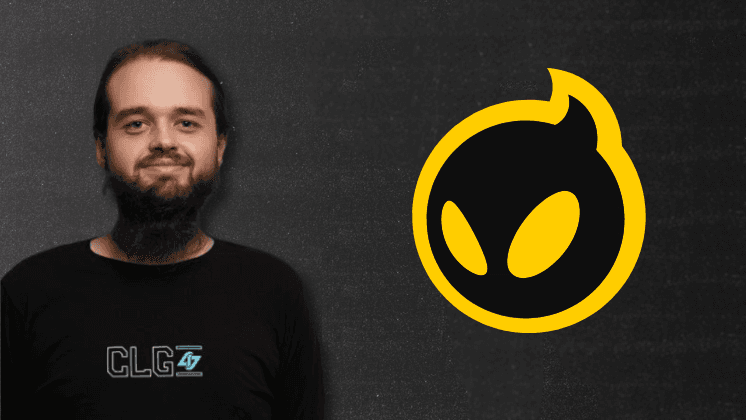

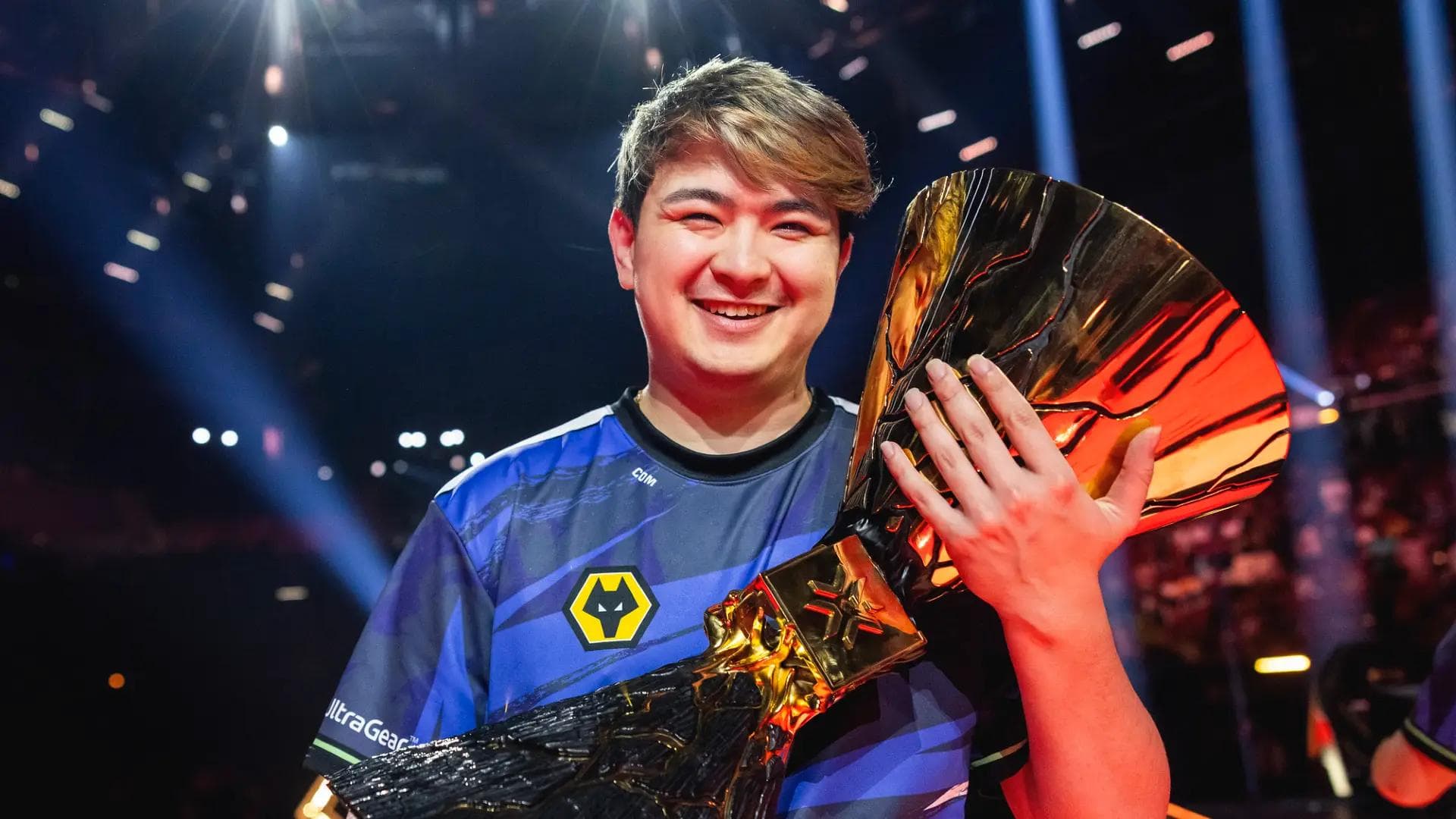
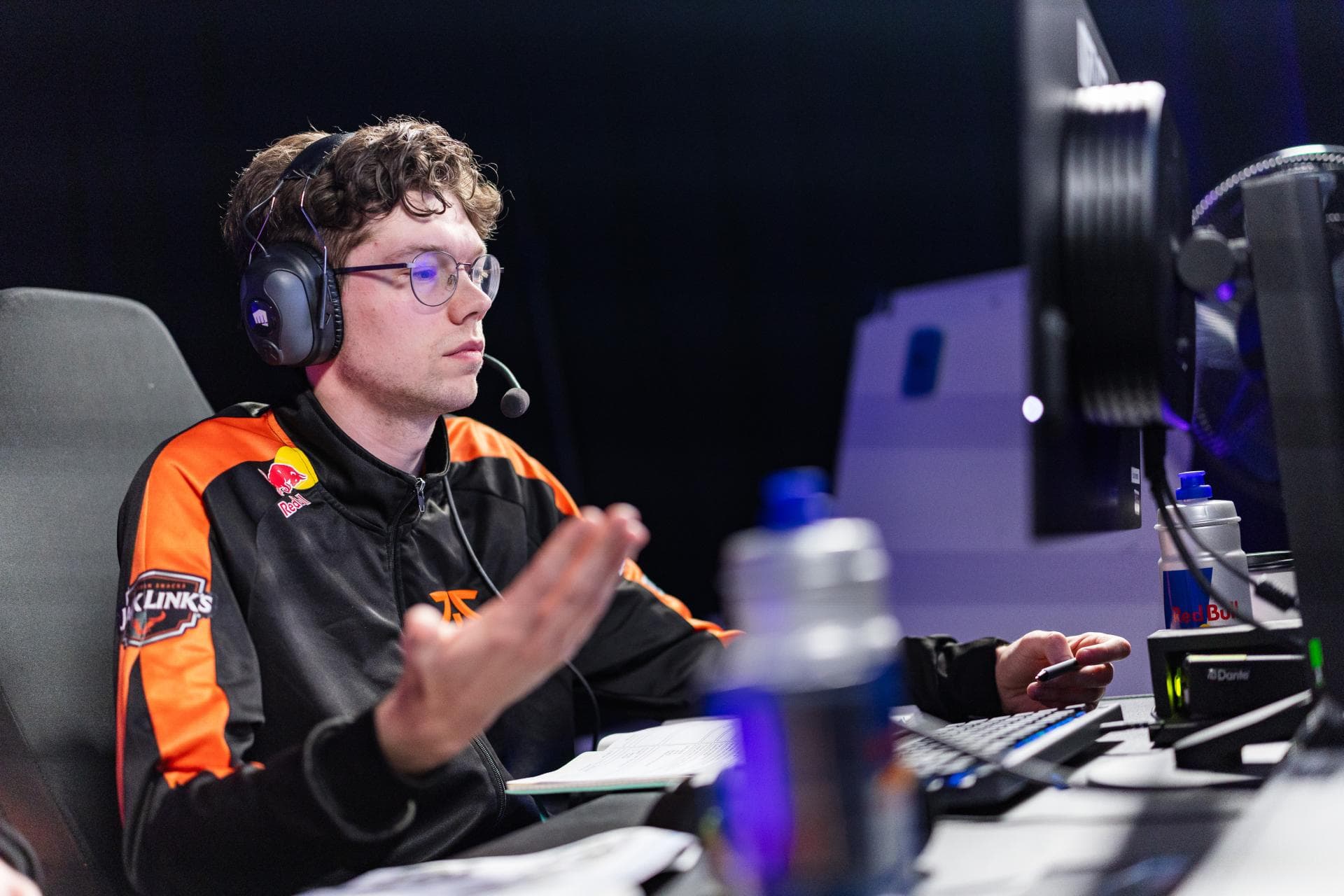
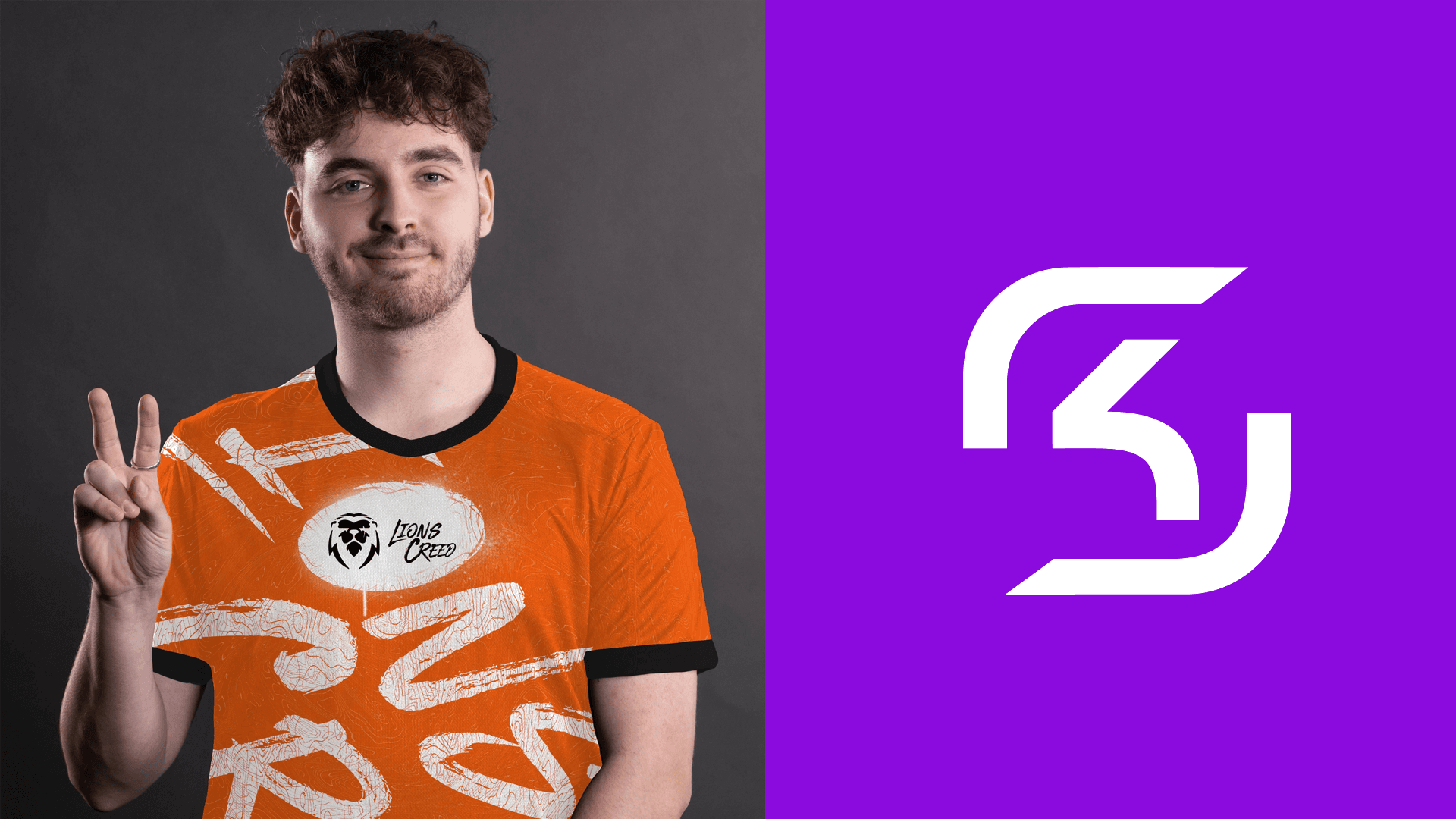
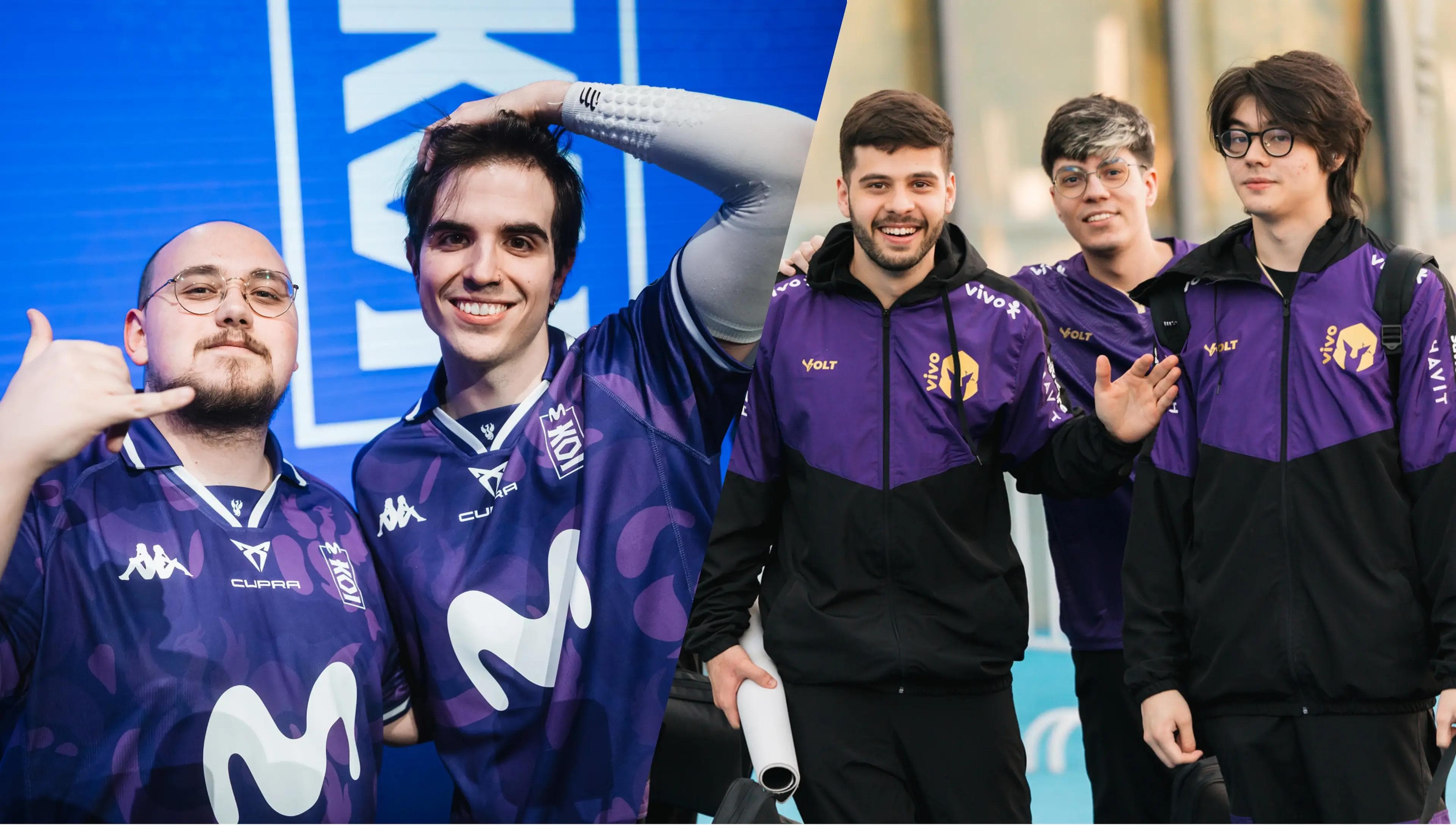
/Comments
Write a comment